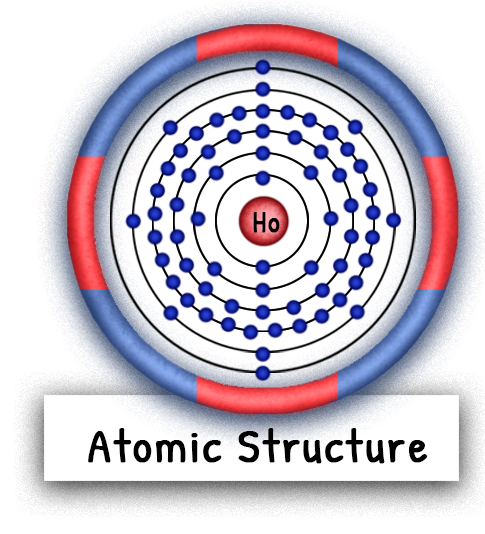Holmium: The Rare Earth Element with a Fascinating Geological Journey

Holmium, element number 67 on the periodic table, is a silvery-white, rare earth metal with remarkable properties. Discovered relatively recently in the 19th century, this highly magnetic and luminescent element has found various applications in technology, medicine, and research. In this article, we will delve into the origin of holmium and its journey from the depths of the Earth to commercial production.
Unlike some elements that occur in nature as pure elements, holmium is not found in its elemental state. Instead, it is extracted from a range of minerals containing rare earth elements. One of the most significant sources of holmium is monazite, a phosphate mineral found in various geological formations around the world. Monazite typically contains between 0.1% to 2.5% of rare earth elements, including holmium.
The mining process for holmium primarily revolves around the extraction of monazite from mineral deposits. This process typically involves several stages. Initially, geologists identify potential ore bodies that may contain monazite. Once identified, the ore is extracted through open-pit or underground mining methods, depending on the location and conditions of the deposit.
The extracted ore is typically crushed and ground into fine particles before further processing. Various physical and chemical separation techniques are utilized to isolate monazite from other minerals present in the ore. Techniques such as froth flotation, magnetism, and gravity separation help separate the monazite concentrate, which is then further processed to obtain the individual rare earth elements, including holmium.
Commercial processing of holmium involves refining and purification steps to obtain high-purity holmium metal or compounds. The refining process typically involves dissolution of the monazite concentrate using various chemical reagents. Through the application of solvent extraction, precipitation, and filtration techniques, individual rare earth elements, including holmium, are separated and purified.
China is the leading producer and consumer of rare earth elements, including holmium. The country possesses significant reserves of rare earth minerals and has developed extensive capabilities for their extraction and processing. The mining of rare earth elements, including holmium, can have environmental implications. The extraction process generates large amounts of waste material and involves the use of chemicals that can potentially contaminate soil, water, and air. Improper waste management and disposal can lead to environmental degradation and health risks for communities residing near mining sites.
Apart from China, other countries that mine rare earth elements include the United States, Australia, Russia, and Brazil. These countries also face environmental challenges associated with rare earth mining, although to a lesser extent compared to China. Stringent regulations regarding waste management, emission control, and protection of ecological systems are essential to mitigate the environmental impact and ensure sustainable mining practices.
Regarding commercial production, China dominates the market for rare earth elements, including holmium. The country’s dominant position in terms of production and processing capabilities provides it with a significant advantage in the global rare earth market. China’s control over rare earth supplies has raised concerns among other countries, as it creates dependencies and potential geopolitical challenges.
In conclusion, holmium, although not occurring naturally as a pure element, is extracted from minerals like monazite. The mining process involves extracting and processing monazite ore to obtain holmium and other rare earth elements. China is the largest producer of rare earth elements, and its dominance in this market has environmental and geopolitical implications. As the demand for rare earth elements continues to grow, it is crucial to develop sustainable practices, minimize environmental impact, and ensure fair and equitable access to these important resources.
This article is brought to you by Sybrina Durant, the author of the middle grade picture book, Magical Elements of the Periodic Table Presented Alphabetically By The Metal Horn Unicorns. Learn More. In that book Holmium is presented by the unicorn, Holmia.
Inter-Active Elemental Fantasy-Themed Periodic Table from Magical Elements of the Periodic Table Presented By The Magical Elementals
Click here to use This Inter-Active Viewer To Learn More About The Elements Each Elemental Represents On This Periodic Table. Want this in a 24″ x 36″ Poster? Click here.
Sybrina Publishing Offers Fun Activities Based On The Book
Magical Elements of the Periodic Table Magical Elementals
Browse Magical Elemental Activities at MagicalPTElements or Sybrina-Publishing on TPT or Classful
Want To Hear The No Metal No Magic Song?






